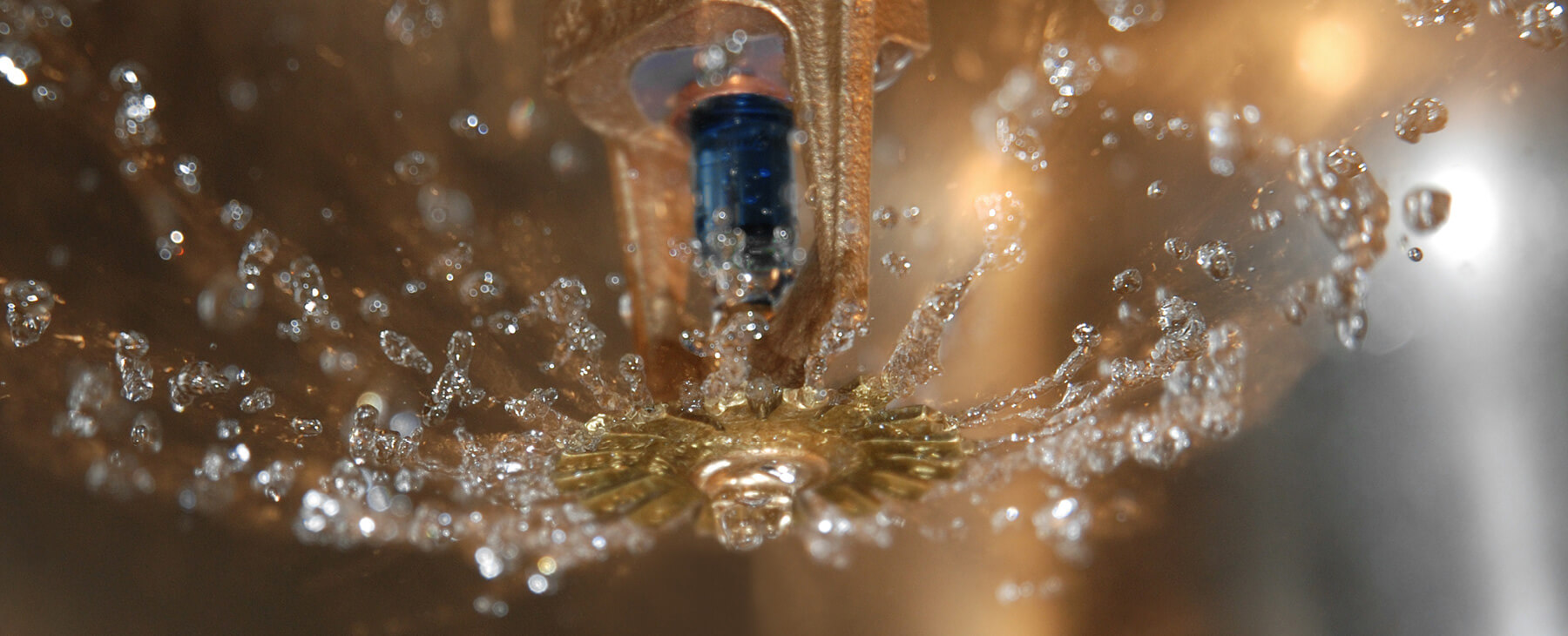Why Fire Sprinkler Inspections Are Vital
Fire sprinkler inspections are not just a legal requirement, they are also crucial for maintaining the safety of your building and its occupants. According to the National Fire Protection Association (NFPA), buildings with installed sprinkler systems experience significantly lower death and injury rates compared to those without. Inspections help identify any potential issues or malfunctions in the system before they can compromise its effectiveness during an emergency.
Understanding the Fire Sprinkler Inspection Process
The fire sprinkler inspection process involves a thorough examination of the system to ensure that it is functioning properly. While some tasks can be performed by building managers, it is advisable to hire professionals who have the expertise and knowledge to identify potential problems that may go unnoticed. Let’s break down the steps involved in a typical fire sprinkler inspection:
1. Visual Inspection
During a visual inspection, technicians examine the entire system, including sprinkler heads, pipes, valves, and control panels. They look for signs of damage, corrosion, leaks, or any obstructions that may hinder the system’s performance. This inspection helps identify any components that require repair or replacement.
2. Testing Alarm Devices
Alarm devices, such as waterflow switches and pressure switches, are crucial for detecting and signaling the presence of a fire. Technicians test these devices to ensure they are functioning properly and will activate the alarm system when necessary. Any faulty or malfunctioning alarm devices require repair or replacement.
3. Main Drain Test
The main drain test evaluates the water supply to the fire sprinkler system. Technicians close the alarm control valve and open the main drain valve to record the residual (flowing) pressure. This test helps identify any blockages or obstructions in the system that may affect its performance. It is essential to have an adequate water supply to ensure the sprinklers function effectively during an emergency.
4. Sprinkler Head Inspection
Inspecting individual sprinkler heads is a vital part of the inspection process. Technicians check each sprinkler head for proper orientation, clearance, and any signs of damage or obstruction. They also ensure that the sprinkler heads are free from paint or any other substances that may interfere with their operation.
5. Functional Testing
Functional testing involves activating the sprinkler system to ensure all components, such as valves and control panels, are working correctly. Technicians test the system by simulating a sprinkler activation without actually releasing water. This test helps verify that the system is ready to respond effectively in the event of a fire.
6. Documentation and Compliance
After completing the inspection, technicians document their findings and provide a detailed report. This report includes information about the condition of the system, any deficiencies or repairs needed, and recommendations for further maintenance. It is essential to keep these records for compliance purposes, and to provide evidence of regular inspections to authorities when required.
Frequency of Fire Sprinkler Inspections
The frequency of fire sprinkler inspections depends on various factors, including the type of building, its occupancy, and local regulatory requirements. Generally, quarterly and annual inspections are recommended to ensure the system’s proper functionality and compliance.
Quarterly Inspections
Quarterly inspections focus on checking the overall system for minor defects, testing alarm devices, and performing the main drain test to ensure water supply adequacy. Although these inspections are less detailed than annual inspections, they are still essential for maintaining the system’s readiness and detecting any potential issues early on.
Annual Inspections
Annual inspections are more comprehensive and time-consuming. They include a complete visual inspection of the system, checking for defective heads, corroded pipes, and other potential impairments. Technicians also exercise control valves and perform flow testing of fire pumps or dry systems if applicable. Annual inspections provide a more in-depth assessment of the system’s condition and are crucial for identifying any major maintenance or repair needs.
It is important to note that these inspection frequencies are general recommendations, and specific requirements may vary based on local codes, building occupancy, and the system’s components. Building managers should stay informed about the inspection requirements to ensure compliance with relevant regulations.
The Role of a Building Manager in Fire Sprinkler Inspections
Building managers play a vital role in ensuring the effectiveness and compliance of fire sprinkler systems. They should stay informed about inspection requirements, articulate the types of inspections the sprinklers have undergone, and confirm that the systems are up to code. By staying proactive and knowledgeable, building managers can contribute to maintaining a safe environment and minimizing the risk of fire-related incidents.
Choosing a Reliable Fire Protection Provider
When it comes to fire sprinkler inspections, it is essential to work with a reputable and experienced fire protection provider. Look for a company that offers certified technicians, has a track record of reliable service, and stays up-to-date with the latest industry standards and regulations. Regular inspections by professionals ensure that your fire sprinkler system remains in optimal condition and ready to protect your building and its occupants.
Conclusion
Fire sprinkler inspections are a critical aspect of building safety and compliance. By conducting regular inspections and maintenance, you can ensure the proper functioning of your fire sprinkler system and minimize the risk of fire-related incidents. Remember to schedule both quarterly and annual inspections, comply with local codes, and document all inspection findings. By staying proactive and working with a trusted fire protection provider, like the Hiller Companies, you can maintain a safe environment for everyone in your building.
